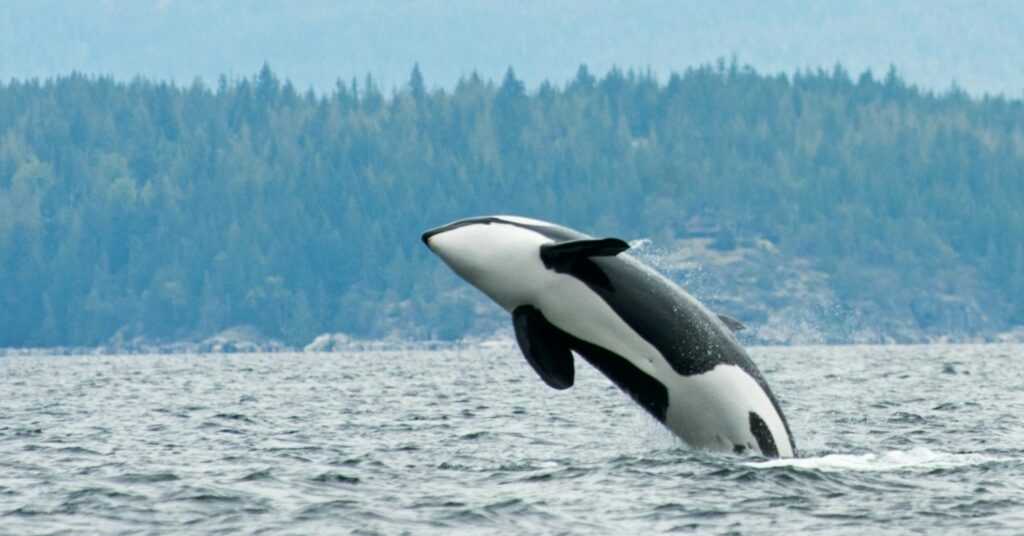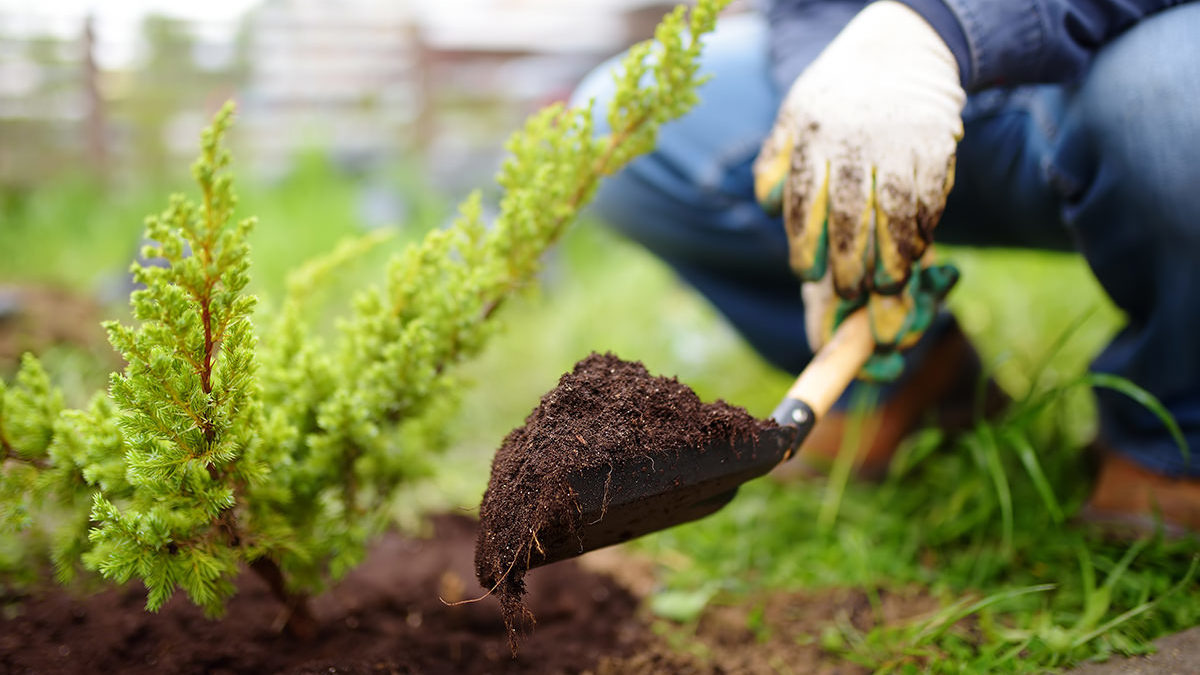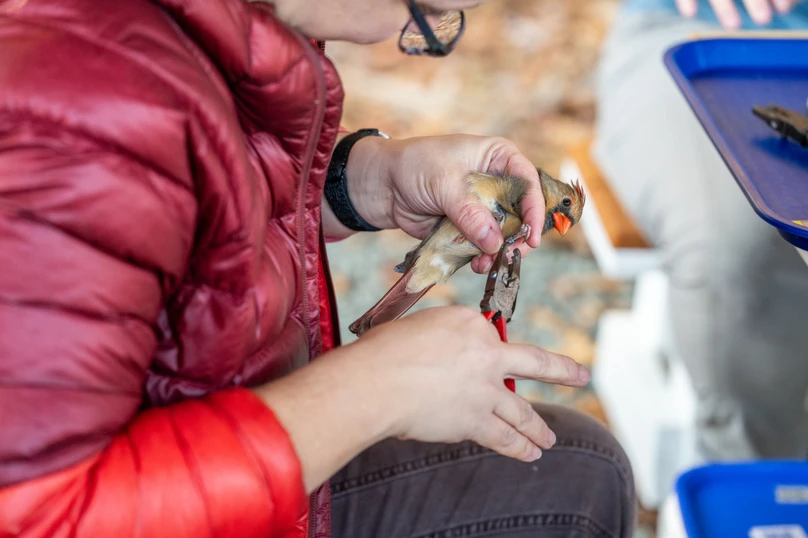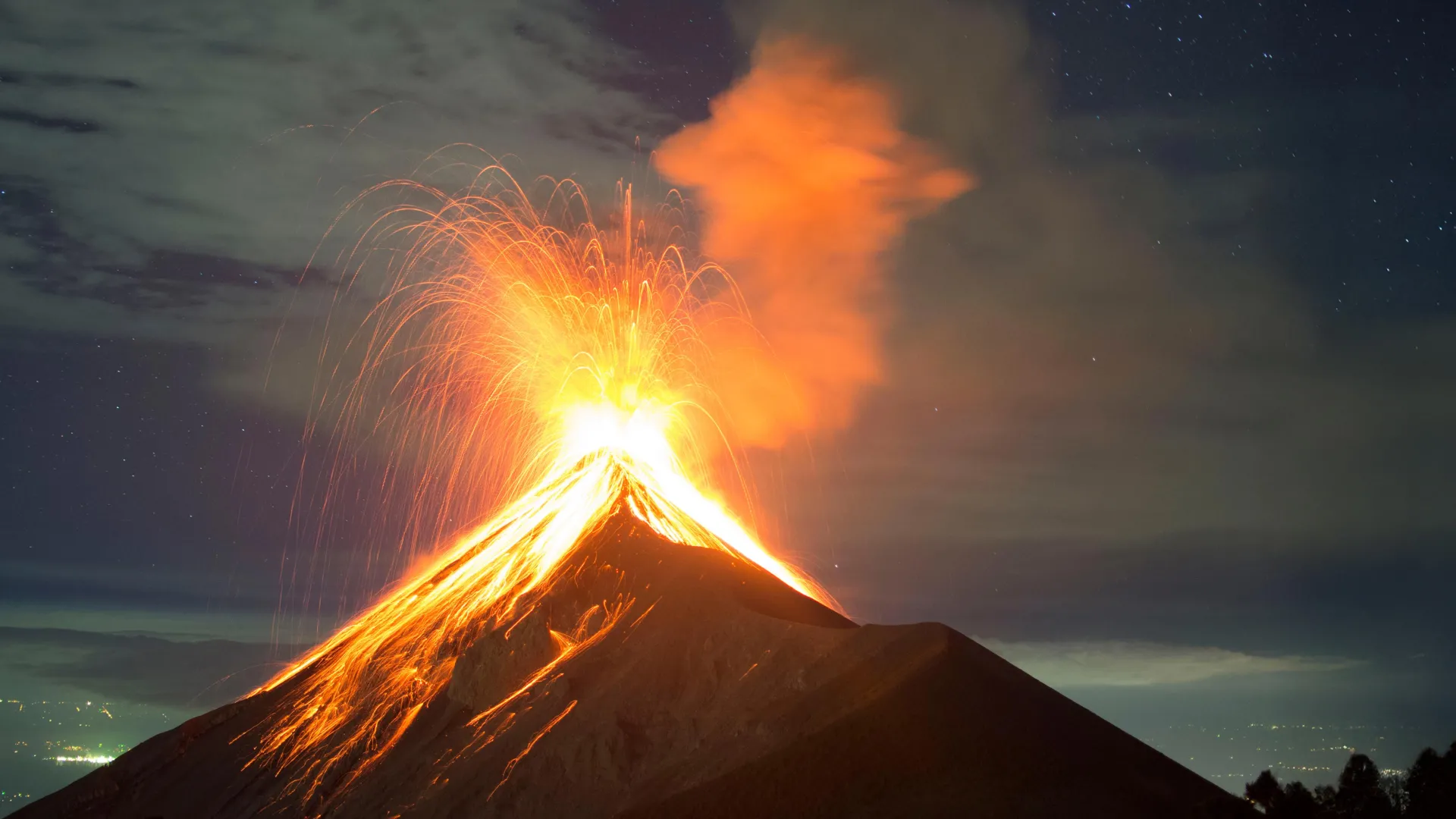PROTECT YOUR DNA WITH QUANTUM TECHNOLOGY
Orgo-Life the new way to the future Advertising by AdpathwayThis piece comes to us from the Wildlife Conservation Society (WCS). To honor Asian American and Pacific Islander (AAPI) Heritage Month, WCS and Nature are sharing stories of nature and conservation.

Visiting remote villages in Makira National Park, with WCS Madagascar team, to assess zoning and community use. Photo: WCS.
For a little girl born in Srirangam, in the rice paddy heart of southern India, nature was something inescapable. Summers were spent barefoot chasing calves and stalking roosters, watching parrakeets chittering in the trees and bats swooping through old stone temples, learning that all life on earth was equally sacred and beloved.
Every morning and evening, I would see women drawing kollams—intricate designs on the doorsteps to their houses—deftly using their fingers to guide swirling lines of rice flour onto the damp earth. Once, I noticed that there were always ants attracted to the rice flour, and I asked my father, “Why don’t we mix salt into the flour so the ants would stay away?” He simply said, “They need to eat too; can’t we leave them this little something?”
That was how I grew up, understanding our place in the world as human beings dependent on and connected to the animals and plants around us. As a kid, I even wanted to be a forest ranger when I grew up, because I loved the idea of becoming a guardian for nature.
But with time and the pressures of family and society, I grew more distant from this world, especially after we moved to the United States. “Man vs. nature” was such a common idea that I almost believed it myself, although it had no roots in the culture I was born in. Still, even through the rigors of college and law school, I would occasionally head off into the woods to listen to birdsong instead of lectures and study deer tracks instead of textbooks.

Connecting to regional team from a cell phone hotspot at the edges of a community meeting in rural Chad. Photo: WCS.
My career focused on human rights and development, especially fighting gender-based violence. A theme always came up in my work with victims and survivors. Violence often linked back to resources, land, water, nature, and how rapidly everything everywhere is changing.
My work took me to Sierra Leone, Kenya, Palestine, East Timor, the DR Congo, Haiti, Mali, Central African Republic, Cote D’Ivoire and back to India. Everywhere, the situation was getting harder and harder. We were creating siloes of legal approaches and piecemeal rights of individuals, without working on holistic connected systems—people as part of their communities and cultures, with collective interests in their lands and traditions.
It felt harder to address as a woman of color because in the legal world, as in the international development world, we are often asked to create an exterior appearance of “objectivity” – and that “objective” perspective may be based on a narrow understanding of people, societies, and how we exist in the world as individuals rather than interconnected peoples. But we needed to explore those other perspectives and value systems to find real solutions.
When dealing with child marriage, for example, it was much more effective to negotiate land titles for vulnerable families and create dialogue within a village, addressing root causes of poverty and powerlessness, rather than by arresting and jailing parents and perpetrators after the fact.

Driving through a national park in Kenya, where I live. Photo courtesy of Sharanya Kanikkannan.
In 2022, I took a sabbatical from my decade plus of justice work to reflect on the direction I wanted to take my career. I packed a bag and hiked 200 kilometers across the spine of Lebanon with my dog, a tent, 20 words of Arabic, and plenty of time for reflection. Conservation kept nagging at me, and I jumped at an opportunity to join the Global Rights & Communities team at WCS as their Human Rights Specialist.
Now, more than a year later, I work with dedicated personnel all around the world to answer fundamental questions about protecting nature through protecting people—to come back to the idea that we are one, thriving ecosystem.
One of the greatest gifts this work has given me is the chance to continue to learn from our partners, our colleagues in the field, and from the communities doing brave, difficult work. I had the chance to visit Cambodia, where our country team works with Indigenous Bunong communities, who have long protected the forests that are home to endangered Yellow-cheeked Gibbons and critically endangered Giant Ibis, among other extraordinary animals.

Community meeting between the WCS Cambodia country team and the WCS Rights & Communities program to assess the impact of WCS programs in Keo Seima Wildlife Sanctuary. Photo: WCS.
I am more aware each day that our work as a giant in global conservation is made possible by our colleagues in the field who are working to develop and nurture deep relationships with Indigenous Peoples and local communities that are the first, and often last, line of defence for wildlife.
My work honors my own traditions and my roots, and contributes to a rising global pushback against the dogmatic, unnatural separation of people and wildlife. We must think critically about development strategies that create distance from the natural world. In Tamil, we call animals “gods who cannot speak.” Protecting and caring for them is driven by values and wisdom that reach far back into our history.
We must ensure that the next generation will see more representation of our traditional cultures and values in the world of conservation, and see that caring for wildlife and wild places is neither a childhood fantasy nor a battle of man vs. nature, but work that protects our common future.























 English (US) ·
English (US) ·  French (CA) ·
French (CA) ·